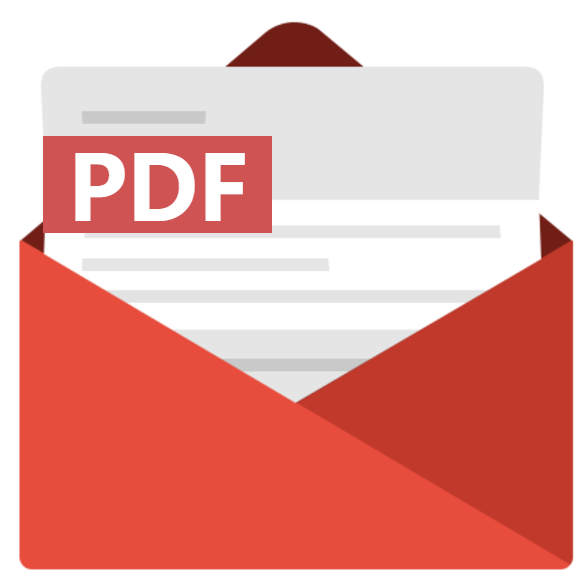Home > Animal Health & Nutrition > Feed Additives > Animal Feed Preservatives Market
Animal Feed Preservatives Market Analysis
- Report ID: GMI7611
- Published Date: Dec 2023
- Report Format: PDF
Animal Feed Preservatives Market Analysis
Based on preservatives type, natural preservatives, including plant extracts, organic acids, and essential oils, have witnessed a notable share, around 59.4% in 2023 attributing to consumers' increasing preference for healthier and environmentally friendly options. This shift is fuelled by concerns over the potential health risks associated with synthetic alternatives. Consequently, aided by ongoing research and development efforts to enhance their efficacy and stability.

Based on animal type, poultry holds a dominant share, of 24.7% in 2023 in the animal feed preservatives market due to the high demand for poultry products globally and the emphasis on optimizing feed efficiency and health in poultry production. Swine and cattle segments also command substantial market shares, driven by the increasing consumption of pork and beef, respectively, and the focus on improving feed quality to enhance animal growth and productivity.
Aquaculture is witnessing a steady rise in industry share attributed to the growing demand for seafood and the need for specialized feed formulations to support aquatic species' nutritional requirements. Pet food, amid the rising pet ownership and pet health awareness, has seen a significant surge in demand for high-quality and safe feed preservatives. Equine feed preservatives constitute a smaller yet notable segment due to the specific nutritional needs of horses. The 'Others' category encompasses various animal types such as sheep, goats, and exotic animals.
Based on form, liquid preservatives, offering ease of application and homogenous mixing within feed, have held a substantial market share, about 44.7% in 2023 owing to their convenience in large-scale feed production and effective dispersion. Their popularity is particularly notable in liquid feeds and for applications requiring uniform distribution. Conversely, dry preservatives, valued for their longer shelf life, easier handling, and suitability for pelleted or extruded feeds, have also garnered a considerable market share. This form is favored in situations where moisture control is crucial or in the production of specialized feeds. The balance between these two forms depends on various factors such as feed manufacturing processes, specific feed types, and the desired mode of application.
Based on function, antioxidants, accounting for a significant animal feed preservatives market share, about 34.7% in 2023 play a critical role in preventing oxidation and degradation of feed ingredients. Antimicrobials, also holding a substantial share, aid in inhibiting microbial gains, reducing the risk of contamination, and preserving feed quality. Additionally, mycotoxin binders, though constituting a smaller segment, are gaining traction due to the rising concerns about mycotoxin contamination in feed ingredients. These binders’ function by adsorbing mycotoxins, minimizing their harmful effects on animals.

North America, with its well-established industries and a strong focus on innovation and technology, constitutes a significant share around 45.3% in 2023 of the animal feed preservatives market. The U.S. industry dominance is attributed to factors such as a robust demand for high-quality animal nutrition, technologically advanced feed production practices, and a strong focus on optimizing livestock health and productivity. The region's market trajectory is anticipated to be influenced by factors such as evolving consumer preferences for natural and sustainable preservatives, advancements in preservation technologies, and regulatory shifts addressing health, safety, and environmental concerns within the livestock and feed industries.

